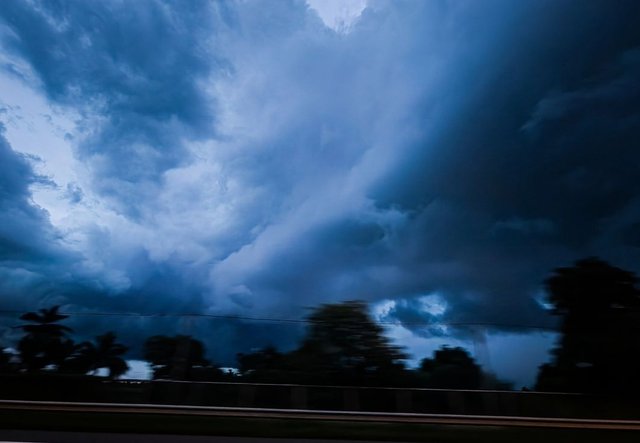Wonderful Clouds Sky
A cloud-filled sky is one of nature’s most captivating displays, offering a constant source of fascination and beauty. Clouds form a dynamic, ever-changing backdrop to our lives, transforming the sky from one moment to the next. They shape moods, affect weather, and inspire creativity. Whether you're staring up on a bright summer afternoon or watching storm clouds roll in before the rain, there’s something profoundly mesmerizing about the way clouds move, evolve, and interact with sunlight.
Types of Clouds: The Character of the Sky
One of the first things to notice about a cloud-filled sky is that not all clouds are the same. Clouds vary in shape, size, and height, and meteorologists categorize them into different types, each with its unique characteristics:
Cumulus Clouds: The most recognizable of all, cumulus clouds are often the fluffy, cotton-like formations we see in fair weather. They are usually scattered across a blue sky and can quickly conjure images of playful summer days. Cumulus clouds are low-level clouds, often appearing just a few thousand feet above the ground. Despite their innocent appearance, these clouds can grow into large storm systems if the conditions are right.
Stratus Clouds: Stratus clouds are uniform and blanket-like, often covering the entire sky. They give a gloomy, overcast look and are associated with gray, dreary days. These clouds can bring light rain or drizzle and have a way of dulling the light, creating a somber atmosphere that contrasts starkly with the brightness of cumulus clouds.
Cirrus Clouds: High up in the atmosphere, cirrus clouds are thin, wispy, and often appear like brush strokes across the sky. They are composed mostly of ice crystals, given their height above the earth’s surface. Cirrus clouds often signal that a change in the weather is coming, as they are associated with advancing warm fronts.




Thanks For Reading
Device Information
| Device | cannon eos 600D |
|---|---|
| Lens | 55-250 zoom leans |
| Location | Myanmar |
